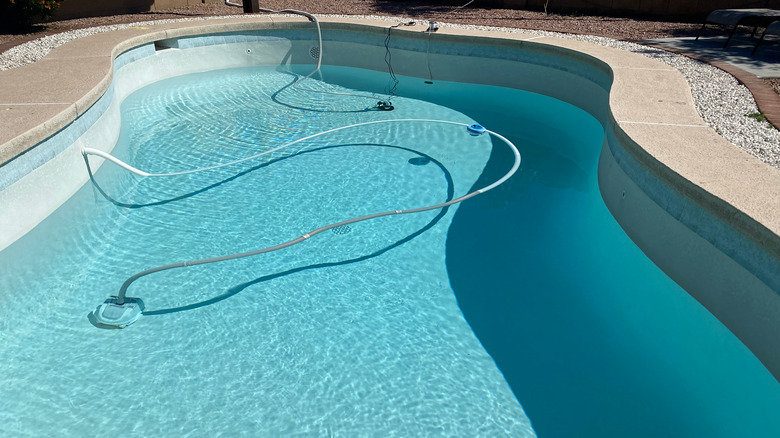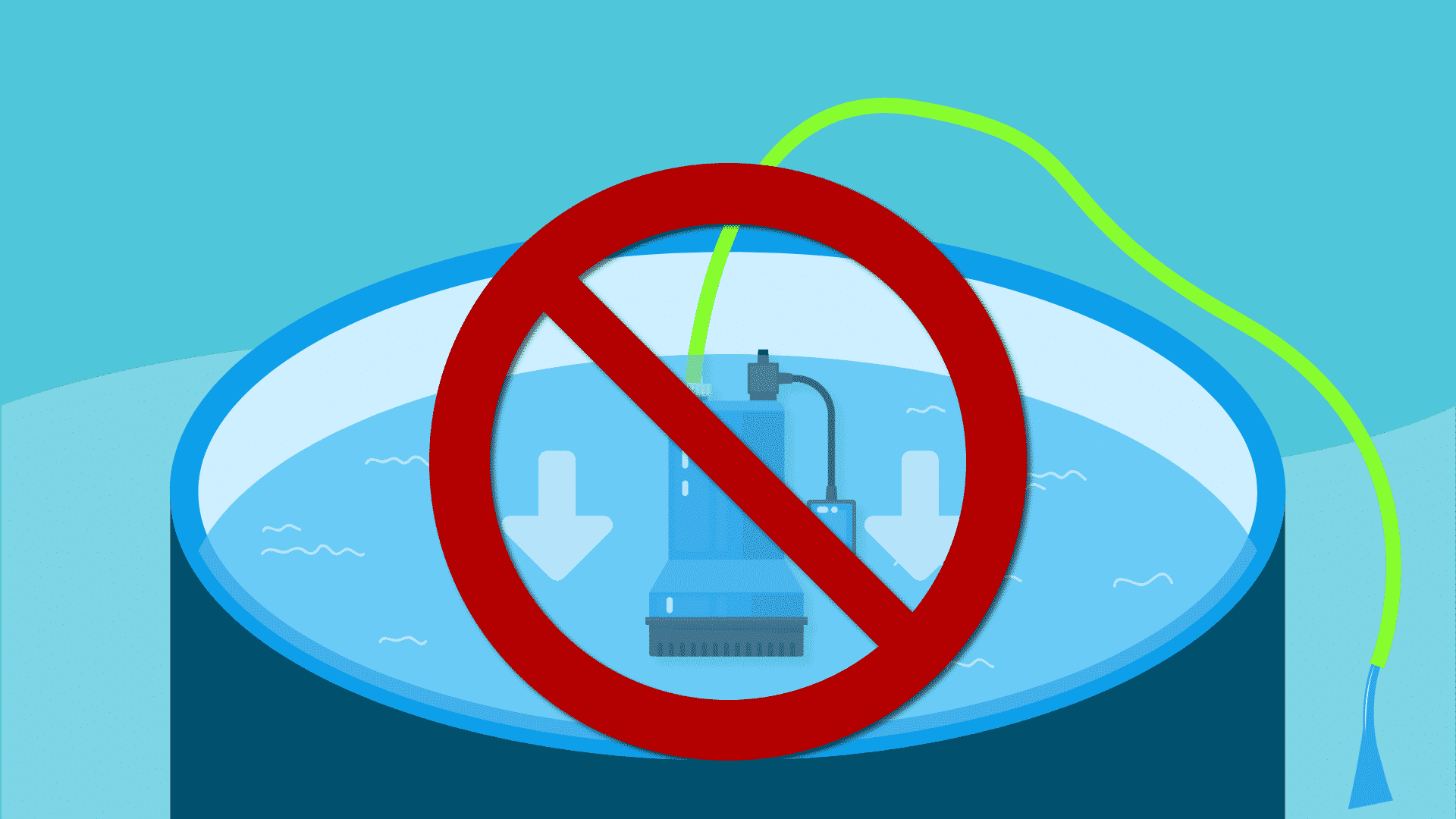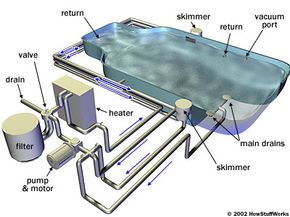Draining an in-ground pool is an essential part of maintenance that should be done periodically to ensure the water stays clean and balanced. Whether you need to drain the pool for repairs, cleaning, or winterization, it’s crucial to follow the correct steps to avoid any potential damage to your pool or surroundings. In this article, we will provide you with an easy-to-follow, step-by-step guide on how to drain an in-ground pool, ensuring a smooth and efficient process.
Step 1: Prepare Your Pool
Before you begin the draining process, it’s important to prepare your pool properly:
- Turn off the pool equipment – Make sure to shut off the pump and filter system to prevent any water flow.
- Test the water – Prior to draining, test the pool water’s pH and chemical levels to ensure they are within the desired range. Adjust if necessary.
- Remove debris – Skim the surface of the pool and clean out any leaves, sticks, or other debris that might interfere with the draining process.
Step 2: Determine Where to Drain
Choosing the right location for draining your pool is crucial in avoiding potential damage. Here are some important considerations:
- Away from your foundation – Ensure that the drainage area is located away from your home’s foundation to prevent flooding or erosion issues.
- Comply with local regulations – Check with your local authorities to determine if there are any regulations or restrictions regarding draining pool water.
- Avoid vegetation – Try to avoid draining the pool water near plants or vegetation that may be harmed by the chemicals in the pool water.
Step 3: Connect the Drainage Hose
Connect the drainage hose to the pool’s waste outlet, typically located on the pool equipment pad. Make sure the hose is long enough to reach the drainage area without any kinks or bends that could obstruct the flow of water.

Credit: www.housedigest.com

Credit: www.swimuniversity.com
Step 4: Start Draining
Once everything is prepared and connected, it’s time to start draining your in-ground pool:
- Open the pool’s waste outlet valve – Slowly open the valve and begin draining the pool water through the hose. Gradually increase the flow if necessary.
- Monitor the water level – Keep a close eye on the water level as it drains. Avoid draining the water too low, as it may damage the pool structure. Stop draining when the water level reaches the desired level.
- Inspect the pool walls and floor – While draining, take the opportunity to inspect the walls and floor of your pool for any damages or issues that may require repairs.
Step 5: Proper Disposal of Drained Water
Properly disposing of the drained water is important for environmental and safety reasons:
- Avoid storm drains and sewer systems – Do not drain your pool water into storm drains or sewer systems, as it can lead to pollution and contamination.
- Check local guidelines – Research and follow your local guidelines for appropriate water disposal, which may include draining into a designated sewer cleanout or using a wastewater treatment facility.
Step 6: Refilling the Pool
Once the draining is complete, it’s time to refill your in-ground pool:
- Close the waste outlet and remove the drainage hose.
- Turn on the water source – Begin refilling the pool with fresh water.
- Test and balance the water – Once the pool is filled, test the water’s pH and chemical levels again and adjust if necessary.
- Restart the pool equipment – Turn on the pump and filter system to circulate and filter the fresh water.
By following these simple steps, you can easily drain your in-ground pool without any hassle. Regular maintenance and proper care of your pool will ensure its longevity and keep the water safe and enjoyable for swimming. Remember, if you’re not confident in performing these steps yourself, it’s always best to consult a professional pool service technician to avoid any potential complications.





